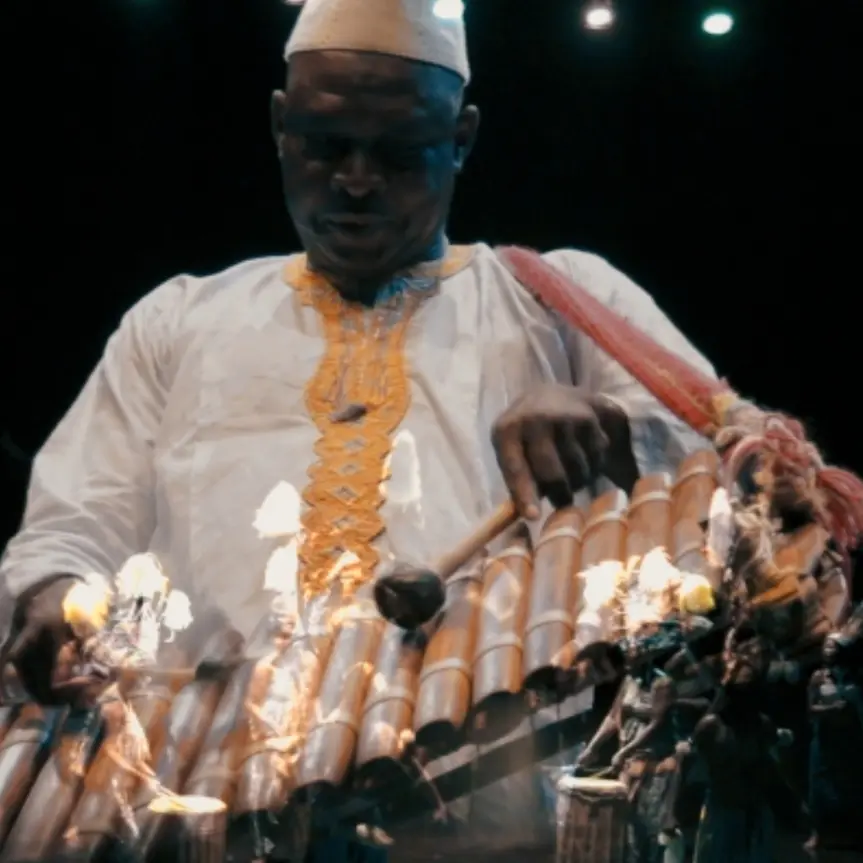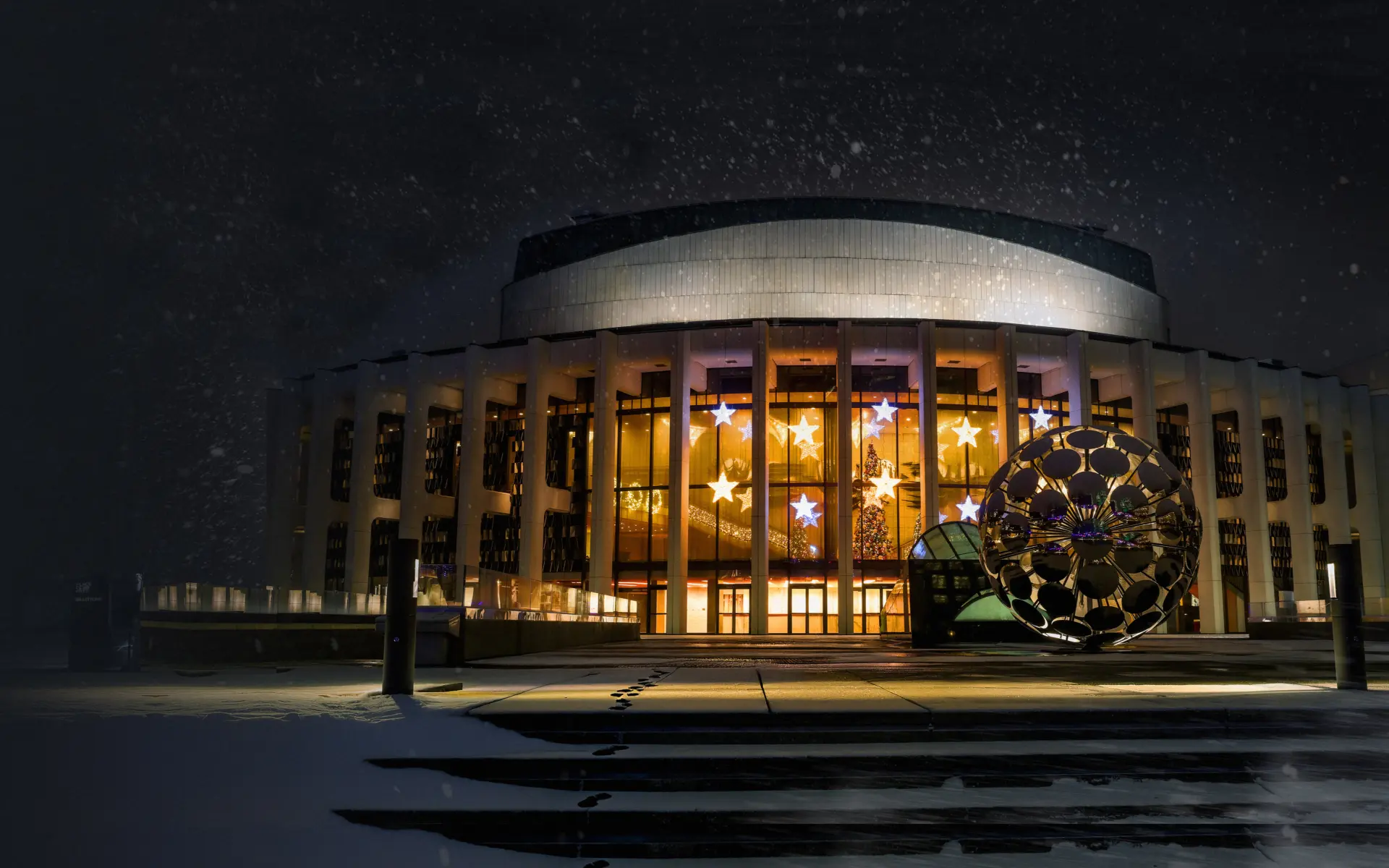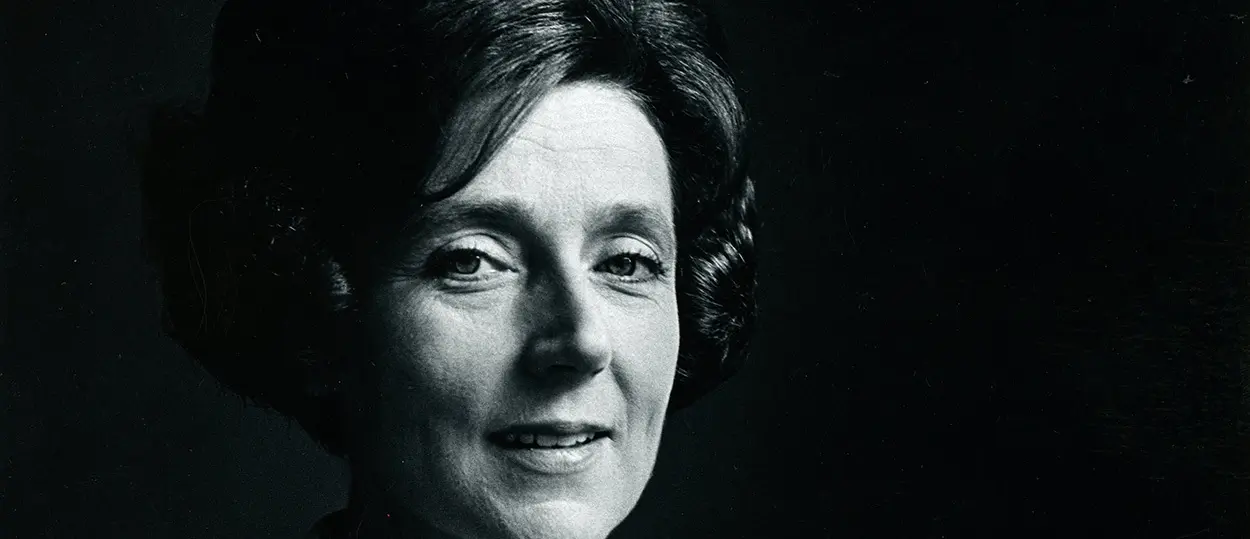Ludmilla Chiriaeff: Tribute to an Unforgettable Montreal Danse Pioneer
Few figures have left such an enduring legacy on Montreal’s dance sphere as Ludmilla Chiriaeff, the celebrated dancer and choreographer who founded Les Grands Ballets Canadiens. Leading up to Les Grands Ballets’ performance of LUDMILLA at Place des Arts on October 24, 25, and 26, renowned choreographer Ginette Laurin and Quebec ballet star Anik Bissonnette share their memories of the extraordinary woman who helped shape the dance landscape in Quebec.
Anik Bissonnette remembers taking her first steps at the Académie des Grands Ballets Canadiens, on Queen Mary Road, in the 1970s, when she was very young— and being very impressed by the woman they simply called Madame. “She was the one who welcomed me, who directed me and my sister, in the ballet class. She was very present.” Ludmilla Chiriaeff didn’t simply manage the school, she also closely monitored her students’ progress, leaving a lasting impression on the people who crossed her path.
Former ballerina Bissonnette—now Artistic Director of the École supérieure de ballet du Québec—is emotional when recalling how their relationship developed. “Starting in 1989, we began a very, very close friendship. We talked a lot, we saw each other often, she knew everything about me while I was dancing with Les Grands Ballets Canadiens.”
Choreographer Ginette Laurin, who is working with five dancers on a choreography dedicated to Ms. Chiriaeff for the tribute performance, has similar memories, dating back to her childhood. “I met her when I was first starting out in ballet and modern dance. She had this ability to see the potential in her students. At the end of one class, she offered me a scholarship to continue my training at the École supérieure de ballet.”
This key moment in Laurin’s youth sealed her path as an artist. “I was 15 years old, and despite my delayed classical training, she saw something in me. The memory of that day remains very strong. She was gentle, generous, and at the same time imposing.”
A legacy of generosity and determination
Before her, the classical dance scene was almost nonexistent in Montreal. It was Ludmilla Chiriaeff who, in the 1950s, laid the foundations for structured ballet practice. She did everything she could to promote dance, even in difficult contexts, such as when she introduced dance on television, despite harsh criticism from some who described her dancers as “little grasshoppers,” as Anik Bissonnette recalls.
Not only did Ludmilla Chiriaeff strive to establish and develop a ballet company in Montreal, but she also fought to give birth to a Quebec identity in the world of dance. She trained dancers and choreographers who have left their mark on history, such as choreographer Fernand Nault, who created major works such as The Nutcracker and Tommy, opening the doors to international recognition for Les Grands Ballets Canadiens.
Ginette Laurin also recalls the influence of this era, marked by artistic effervescence. “There were incredible dancers like Vincent Warren, who were pillars of my career. Ludmilla recognized the potential of the Quebec dance sphere and created institutions in a context where everything was yet to be built.”
“She wanted to develop a Quebec identity. Even though she came from classical Russian ballet, she gave Quebec the opportunity to stand out on an international level.” Ludmilla Chiriaeff not only shaped classical dance, but also enabled the emergence of contemporary practices, influencing artists like Marie Chouinard and Ginette Laurin.
A showcase for every facet of Madame
Among other choreographers who are familiar with Ludmilla Chiriaeff’s life and work—such as Jean Grand-Maître and James Kudelka—, Ginette Laurin is proud to contribute to the show LUDMILLA. “I’m working on a piece called Le Funambule. This new work revisits one that I dedicated to Ms. Chiriaeff in 1998, two years after her death.”
The choreography for five dancers explores the precarious equilibrium between stability and imbalance. “It’s a very subtle piece that plays with the lines of balance, both in its scenography and in the dancers’ movements. There will be several visual tableaux relating to the choreography that will emphasize this feeling.”
With the permission of The George Balanchine Trust, the show also includes a revival of Balanchine’s ballet The Four Temperaments, as well as the choreographies Desire, by James Kudelka, and Continuum, by Jean Grand-Maître. All of these evoke the strength of Ludmilla Chiriaeff’s legacy while infusing it with new creative energy.

Les Ballets Africains: A Longtime Love Affair with Montreal
Les Ballets Africains is making a spectacular return to Montreal. Founded in 1952, the company come back with a performance presented as part of Arts Monde serie, in collaboration with Nuits d’Afrique, which is celebrating its 40th anniversary.
Article Interviews Show
Corps fantômes: from exhibition to performance
Soon, on stage at Duceppe, story of Montreal’s LGBTQ+ communities in the 1980s and 1990s will resonate in the show Corps fantômes.
Article Archives Show
JOAT International Street Dance Festival: Rising Strong for Montréal’s Street Dance Culture
In addition to looking back over the past decade with Executive Director and Co-Artistic Director Handy Yacinthe, we are presenting some highlights of the 2025 edition of the JOAT International Street Dance Festival.
Article Recommendations Festival
Peeping Tom: A Rare Opportunity to Peek into a Terrifying World
The Peeping Tom dance company has been blending and bending genres in an offbeat universe. The Flemish troupe is bringing its Triptych to Montreal, where it will perform for four nights only at Place des Arts, as part of the Danse Danse program.
Article Portraits Show



